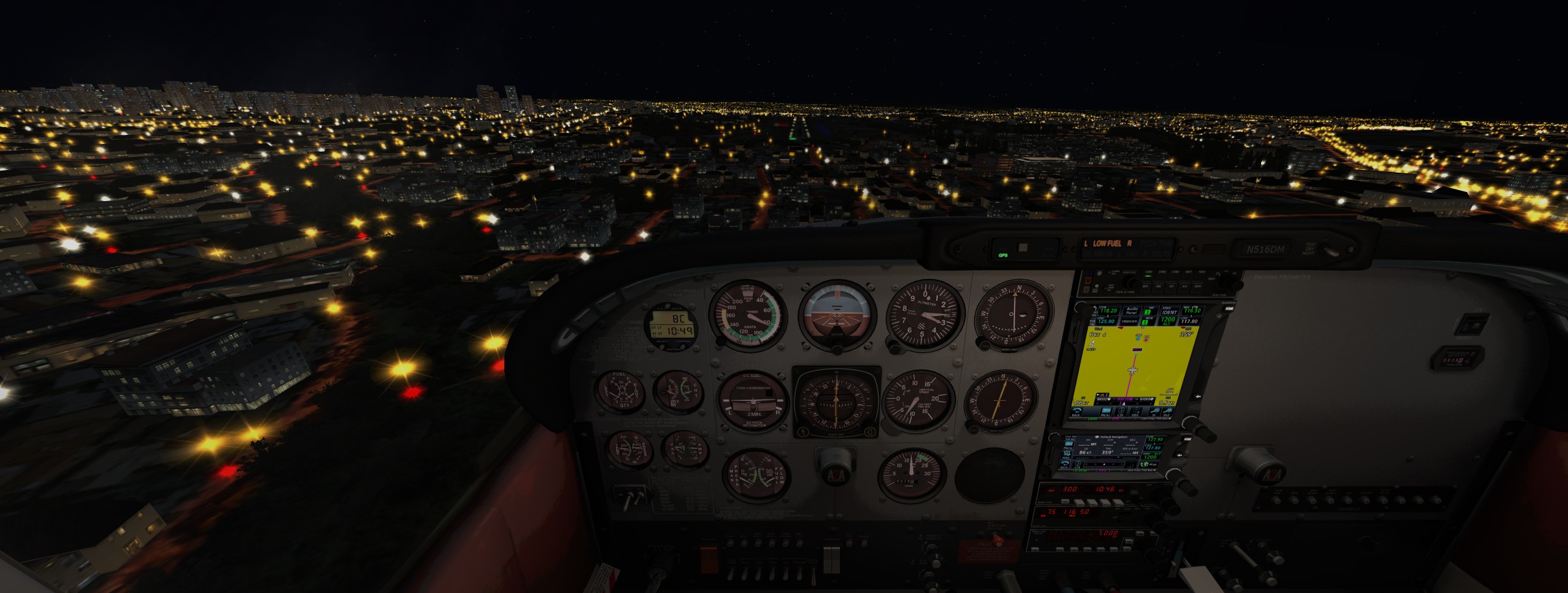So, just out of curiosity I was out for a test regarding specific fuel consumption, getting the maximum range for the Comanche and the 182 @ high altitudes on a ferry flight configuration (133 Kgs of total payload - this includes Pilot, baggage and portable oxygen system) with full tanks.
Route was from Recife (SBRF) to Curitiba (SBBI) - 1360nm!!
Turned off weather, and all was ISA, zero wind.
Comanche direct climb to FL 200.
C182 direct climb to FL180.
Reaching the Cruise levels was painful as you might guess, a little easier (and slower) with the 182 due to its better autopilot control.
First hours of cruise required some higher RPM to maintain an acceptable cruise speed, managing the thin line between adding too much power and reducing to a point your specific fuel consumption would rise again due to increased drag in very slow IAS. I kept something around Best Glide Speed which would produce the minimum amount of drag. Higher speed with higher weights and lowering as fuel was consumed.
After 1/3 of flight time completed, I reduced to the minimum cruise setting possible, full throttle on both planes (of course!), minimum RPM and operating at LOP in the Comanche and @ Peak EGT in the 182. Speeds were terrible, as this is not the main purpose of a flight like this (something around 124 KTAS on the Piper, and 119 on the C182).
The Comanche did a pretty decent job getting the flight done in something around 10:10 giving me around 11 hours of endurance! A 1400nm range plus a NEARBY alternate!
The 182 had fuel low lights on during mid descent and landed after 10:50 of flight with 33 liters remaining upon landing. Not much room to spare.
Below, there's a ps of the Comanche at FL200 just prior to start descent, 19.1nm/gl!!, just sipping fuel in a rate a motorcycle would do.

And here, the C182, in short final, after 10:49 of flight.


Oxygen "magic supply" used as per http://a2asimulations.com/forum/viewtop ... lit=oxygen